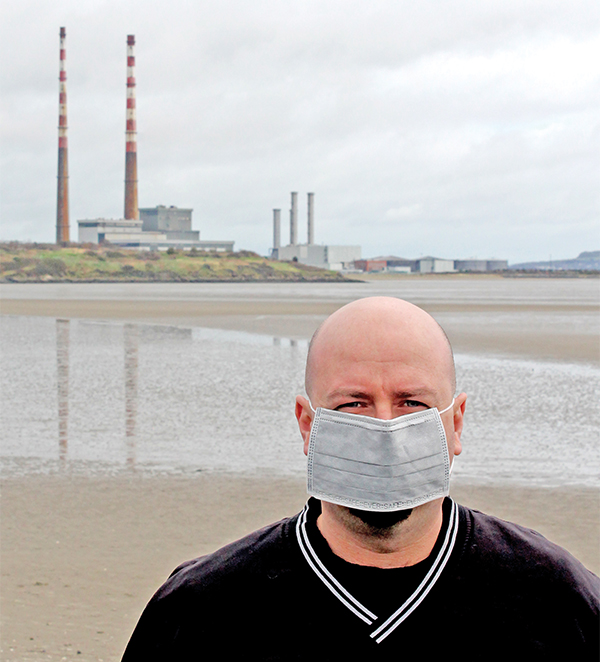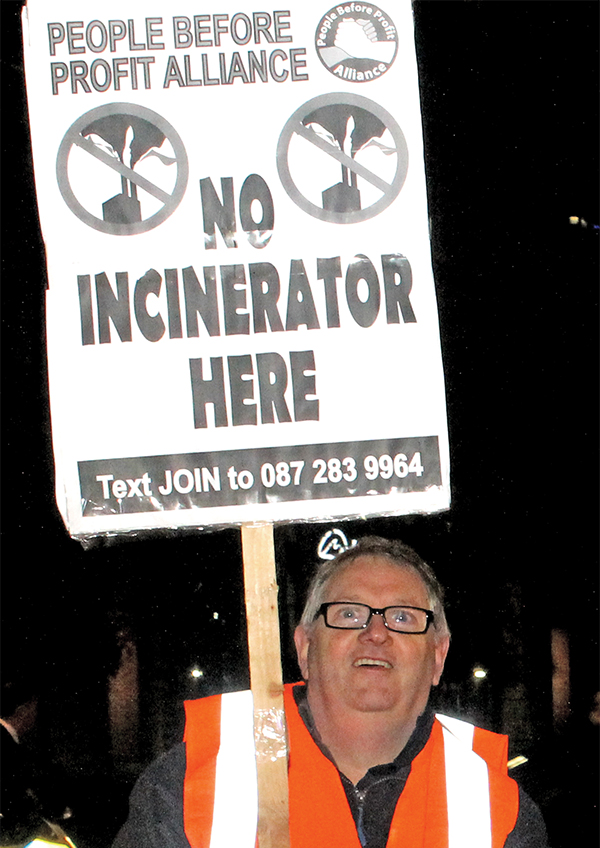
In 2010 contamination by dioxins and dioxin-like PCBs was detected in milk and meat in the Engidalur valley situated in Iceland. The contamination was traced to a small municipal waste incinerator operating in the valley. It was 21 times over the EU safe limit directive.
The incineration plant has since been shut down. It is a reminder that complacency over assured safety of these plants due to being modern are to be guarded against.
Although incinerators have been licensed in various countries, there remains serious concerns about the health effects of the emissions from these industrial burners.
There are two main issues in relation to the health and safety of Waste Incinerators. On the one hand, there is a concern about what is being allowed to be released under licensed operating conditions, and on the other there is the danger that incinerators regularly flout the emission restrictions placed on them.
When they are in the planning stage, the idealised state of perfect functioning machinery is promoted, but incinerator machinery and filters can break down and belch out serious toxic gasses that can have dramatic effects on health.
Despite numerous reports and objections, including those of toxicologists and epidemiologists, the Environmental Protection Agency (EPA) granted a licence for the Poolbeg Incinerator in 2008. Covanta, the company building the incinerator in Poolbeg, have been fined in the USA for excessive emissions at several of the plants they operate.
Numerous incinerators around the world have reported emission infringements. At Dargavel, Scotland, there have been 172 recorded emission breaches. In France, one incinerator was found to be releasing 13,000 times above safe limits, resulting in a significant rise in cancer cases. The French Health Watch Institute, INVS, describe a 6% – 23% increase in cancer rates for those living close to an incinerator.

Dr Howard emphasised that “the problem with evaluations of risk regarding the emissions is that they are based on weight and that although it is assessed that 99% of emissions could be filtered, it is the escaping 1% that are the actual harmful fine particles that will do the health damage.” He also adds “it has been estimated that between 50% and 80% of the dioxin pollution of the planet has been caused by the incineration of waste.”
Incinerator emissions are a major source of fine particulates, of toxic metals and of more than 200 organic chemicals, including known carcinogens, mutagens, and hormone disruptors. Emissions also contain other unidentified compounds whose potential for harm is as yet unknown, as was once the case with dioxins.
Since the nature of waste is continually changing, so is the chemical nature of the incinerator emissions and therefore the potential for adverse health effects.
Many of the pollutants bio-accumulate, enter the food chain and can cause chronic illnesses over time and over a much wider geographical area. No official attempts have been made in Ireland to assess the effects of incinerator emissions on long-term health.
However, the accumulated international evidence on the health risks of incinerators is too strong to ignore. Numerous health effects from incinerators have been documented and collated by the British Society for Ecological Medicine. The fourth Report of the Health Effects of Waste Incinerators highlight large studies that have shown higher rates of adult and childhood cancer and also birth defects around municipal waste incinerators.
Incinerators produce bottom ash and fly ash, which amount to 30-50% of the original waste (if compacted), and require transportation to landfill sites. This fly ash is light, readily windborne and mostly of low particle size. Large cohort studies in America have shown that minuscule particulate matter air pollution (PM2.5) increases death rates from cardiovascular disease and mortality from lung cancer. These fine particulates are primarily produced by combustion processes and are emitted in large quantities by incinerators.
Fine particulates formed in incinerators in the presence of toxic metals and organic toxins, including those known to be carcinogens, absorb these pollutants and carry them into the bloodstream and into the cells of the body.
Both cancer and asthma have increased relentlessly along with industrialisation, and cancer rates have been shown to correlate geographically with both toxic waste treatment facilities and the presence of chemical industries, pointing to an urgent need to reduce our exposure.
“It should be borne in mind that the monitoring of dioxin emissions in the UK could be described as casual, if not cavalier. Incinerator filters are only checked between two and four times annually for a few hours at a time,” remarked actor and campaigner Jeremy Irons. “Nowhere are emissions monitored constantly.”
There are now alternative methods of dealing with waste which would avoid the main health hazards of incineration, would produce more energy and be far cheaper if health costs were taken into account.
So how was the Poolbeg Incinerator passed by An Bord Pleanála and licenced by the Environmental Protection Agency? Follow NewsFour in the next issue, where we will examine the planning process and the politics of building an incinerator.
By Ferg Hayden

